

| The Clearwing Moths (Sesiidae) of VC56 Nottinghamshire |
| .. |
| Interest in the UK's clearwing moths has grown enormously since the advent of artificial pheremone lures. Now, moths which once had an almost mythological reputation among entomologists, can be attracted with relative ease and often within a few minutes. | ||
| ... | ||
| Formally, to stand a chance of ever seeing
one of these elusive moths, you first had to do your homework, then
do your fieldwork and then have a sizeable slice of luck on your
side. Unless you were incredibly fortunate to stumble upon a
clearwing, entomologists of the time were really pretty limited as
to hich species they were likely to ever encounter. Currant Clearwing probably provided many of our older entomologists with their most likely chance of seeing a clearwing, as it was common enough to be regarded as a pest species of both Red and Black Currant plants grown in many gardens and allottments of the time. And the adults could probably be found quite easily, just by searching the foliage early in the morning. But when artificial clearwing pheremones were developed, there was suddenly a whole new world of discovery opened up. Now, clearwing moths could be lured easily and the need for patience and downright sheer luck was a thing of the past. |
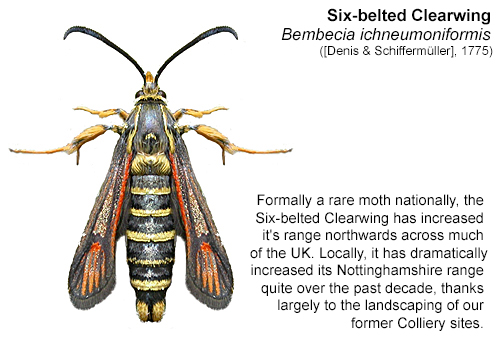 |
|
|
The development and use of pheremone lures At least now entomologists had an easy method of finding and recording clearwings and I dare say that today's entomologists don't give a thought to how much harder it was to record these moths 40 or 50 years ago. But then I suppose, why would they? But it is important not to forget how advances have made things much easier and how, attracting male clearwing moths to lure is easy, providing they are there of course. |
| ... |
 |
Using pheremone lures But with the new lures developed and being supplied by Anglian Lepidopterist Supplies, a short visit to any likely site will usually reveal the presence of the desired quarry within 15 minutes or so .... providing conditions are suitable of course. Pheremone lures work and are well worth the money, even if you think that they are perhaps a little expensive. If you want to see clearwings you need lures and to be honest, they could be extortionally expensive because of this. They aren't and at around £8.50 per lure, they are well worth it and I'm not being paid to say so. So now armed with the lure to attract your species of choice, you need to do a little homework before venturing out into the field. Further below on this page are the latest distribution maps for those clearwings found in Nottinghamshire. Don't take this list to be set in stone, as Raspberry Clearwing The best weather is a warm, sunny day with a light breeze, but it does not have to be wall to wall blue skies. |
|
| .... | ||
|
If you're not successful and suspect that the clearwing you're after is on site, you may need to revisit and try a different area. With the weather conditions largely being the key factor to success with the lures (obviously depending on whether the moth is there or not) it pays to maximise your recording efforts on days with the right weather conditions. But don't use them to frequently in the same spot. If no moths have been attracted after half an hour, its usually best to try somewhere else. Never over use pheremone lures at any one site and certainly not annually in the same area. Once a species has been recorded from a site (unless that site is extensive) there is really no need to return year after year. Far more useful to try different sites and add to our knowledge of their Nottinghamshire distribution. |
| ... |
|
Even when flying around the lure, most clearwings are not that easy to see in flight and so to make things easier, it is best to site the lure where it can be viewed against a plain background. Sitting lower than the lure and with the lure silhouetted against the sky helps enormously, so taking a small collapsible stool is handy and usually allows the clearwing to be seen as it flies past (often several times) before homing in on the lure. It also pays to put something around the lure to make it stand out, something easy to see among the vegetation after you take a wild swing with the net, catch the moth but send the lure hurtling into the undergrowth. Its easily done, so tying a peice of cloth or coloured paper to the string the lure hangs from, is a good idea which Dilys and myself found out on more than one occasion. Exit holes - another method of finding clearwings But some casual/easy fieldwork undertaken the previous Winter can save you time with the lure the following Summer. Winter offers the chance to do some useful recording work by looking for the exit holes of the Hornet Moth at the base of various Poplars, or those of the Lunar Hornet Moth at the base of Goat Sallow. |
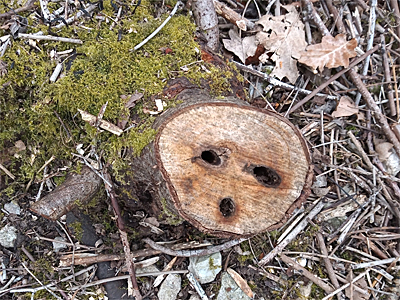 |
|
| ... | ||
| Lunar Hornet Moth larval workings are obvious within the cut stumps of Goat Sallow Salix caprea. The larval workings showed above are in a 15cm wide stump. They are large and distinctive and there is nothing to really cause any possible confusion. Return again at the right time during the Summer and you'll be met with success and see the impressive adult moth. | ||
| ... | ||
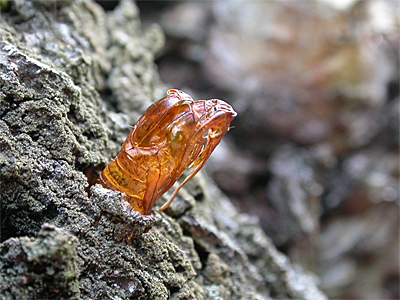 |
Winter searches can also be conducted for both
Welsh Clearwing and Large Red-belted Clearwing on Silver Birch Betula
pendula, although in practice, finding the exit holes of Welsh
Clearwing has proved to be much easier. The pupal exuviae of both moths are visually identical, but the siting of the exit hole is characteristic to individual species. Large Red-belted Clearwing females lay on Silver Birch stumps usually cut the previous year, while Welsh Clearwing females only lay on the bark of standing, living trees. And with so much Silver Birch being removed from the Sherwood Forest area now, Large Red-belted Clearwing looks set to have a good few years. A 5mm circular hole on a cut Silver Birch stump, will be the result of the Large Red-belted Clearwing larva prior to pupation, as the larva creates the exit hole from which the moth emerges before it pupates. The pupal exuvia from any recent emergence, will often remain in place for a number of days or even weeks, as showed in the left hand photograph. Suitable stumps don't have to be large, as egg-laying females have been recorded investigating stumps little more than 5cm wide and on fine sunny days, females can be seen flying around any suitable stumps egglaying. |
|
| ... | ||
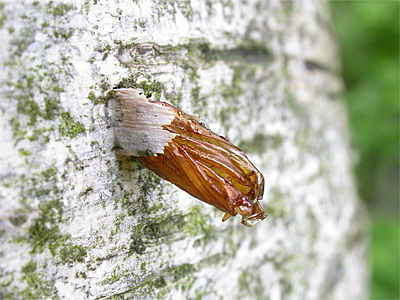 |
An interesting point of note took place a few
years ago at Clipstone Old Quarter, when Paul and Helen Brock, along
with
John and Denise Bingham, recorded several Large Red-belted
Clearwings examining stumps cut only a month or so previously. The next day and in identical weather conditions, we visited the same spot and failed to see any females at all, even around the same stumps Paul, Helen, John and Denise had recorded them. Large Red-belted Clearwing has something of an unpredictable history at Sherwood Forest, often going unrecorded for a number of years before being recorded again and it possibly has a more transient existance than most other species, due to its requirement for fresh Birch stumps for egglaying. The Welsh Clearwing is much the better recorded of the two moths at Sherwood Forest. Mature Silver Birch with deeply creviced bark are favoured by egg-laying females and there are a handful of trees at Sherwood Forest CP and the western end of Budby South Forest, which have been particularly favoured by successive females for years. These could well be called 'key' trees, as they are now riddled with old exit holes. They certainly must have something about them, but whatever it is, its certainly not obvious as to why they are so preferred. |
|
| ... | ||
| Welsh Clearwing females tend to lay their eggs in the rough bark, but
most exit holes of any current year, are located in smooth areas of
white bark. Welsh Clearwing exit holes are also
5mm in diameter and if a moth has recently hatched,
the exit hole will usually still have the pupal exuvia in place.
Exit holes are typically situated between three and six feet from
the ground and always on mature trees with characteristically deeply
ridged bark. Currant Clearwing is another species which can be looked for during the Winter months. Old Currant Clearwing exit holes can be found on the woody growth of both Redcurrant, Blackcurrant and Gooseberry. Greatest success will most likely come from allotments and old gardens, which often contain odd examples of either plant somewhere. |
| ... |
|
Species accounts and distribution maps |
||
| 52.002 .... B&F 0370 | ||||||
| Hornet Moth Sesia apiformis (Clerck, 1759) | ||||||
|
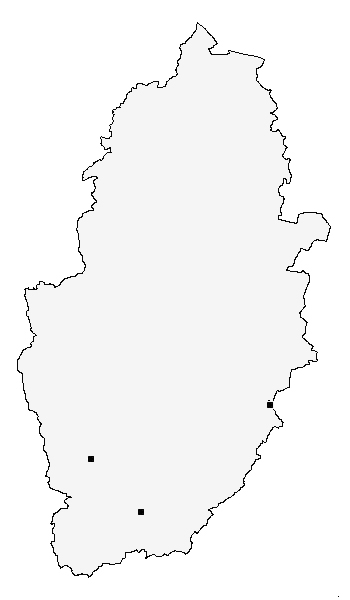 |
|||||
| 52.003 .... B&F 0371 | ||||||
| Lunar Hornet Moth Sesia bembeciformis (Hübner, 1806) | ||||||
|
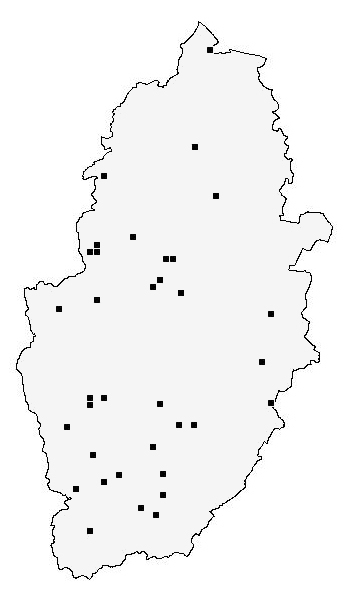 |
|||||
|
Lure use: In 2020, a pheremone lure was developed and sold by Anglian Lepidopterist Supplies. First trials with the lure at a number of sites, shows it works a treat in favourable weather, with three males attracted within five minutes on one occasion. It is very easily surveyed for during the Winter months, by looking for the old larval exit holes near the base of mature Goat Sallow Salix caprea trunks, but a more obvious method of searching during the Winter, is by looking for larval workings in the cut stumps of Goat Sallow. |
||||||
| 52.005 .... B&F 0376 | ||||||
| Welsh Clearwing Synanthedon scoliaeformis (Borkhausen, 1789) | ||||||
|
 |
|||||
|
Hostplants: Silver Birch Betula pendula. Only live trees are used. Flight season: Flies from June to July, with the majority of records coming in June. Lure use: Males come easily to lure from mid-morning till early afternoon on favourable (warm and dry) days during the flight period. |
||||||
| 52.007 .... B&F 0381 | ||||||
| Large Red-belted Clearwing Synanthedon culiciformis (Linnaeus, 1758) | ||||||
|
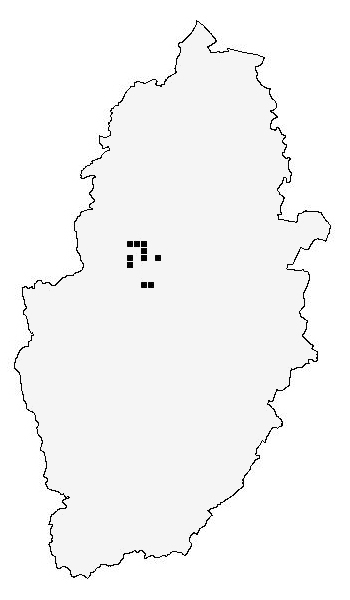 |
|||||
|
It seems far from common in recent years and may remain undetected in small numbers over the wider Sherwood Forest NNR and Clumber Park areas. Hostplants: Silver Birch Betula pendula, with females preferring to lay eggs in Birch stumps cut the previous year. Flight season: An early flying species, occurring during May and June. Lure use: Personally, Red-belted Clearwing has proved a difficult moth to attract to pheremone lure and despite many attempts, we never had any success at attracting this moth. Heathland sites where Birch stumps remain would be the place to try for this moth, but rewards may be little. |
||||||
| 52.008 .... B&F 0380 | ||||||
| Red-tipped Clearwing Synanthedon formicaeformis (Esper, 1783) | ||||||
|
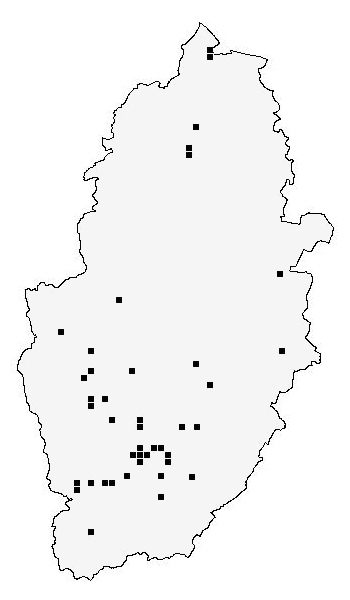 |
|||||
|
Flight season: A
long season, from May to August. Lure use: Most success with the pheremone lure appears to be during the afternoon, apparently from 13:00h-18:00h. |
||||||
| 52.011 .... B&F 0379 | ||||
| Red-belted Clearwing Synanthedon myopaeformis (Borkhausen, 1789) | ||||
|
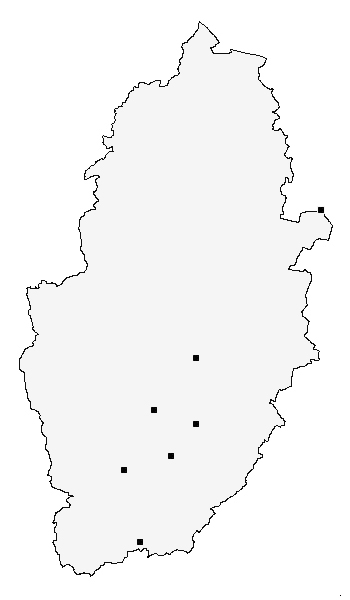 |
|||
|
|
||||
| 52.012 .... B&F 0374 | ||||||
| Yellow-legged Clearwing Synanthedon vespiformis (Linnaeus, 1761) | ||||||
|
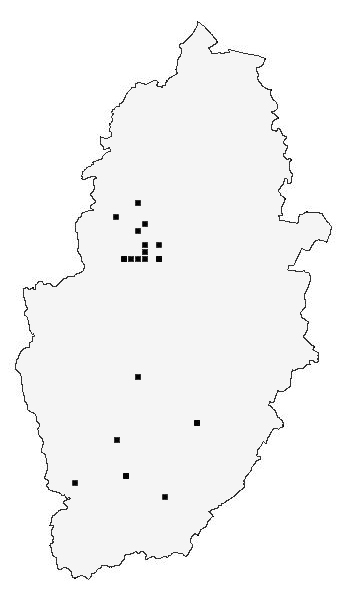 |
|||||
|
Sherwood Forest CP has provided the bulk of these, including 29 males to lure (all potted seperately at the time) on 30/07/11.There are records from Hungerhill Allotments at Nottingham in 2002 and Oxton Bogs in 2010, so it could also occur at any large woodland containing mature Oak. Hostplants: Oak is the only reported foodplant. Flight season: June to August, with a clear peak in records coming during July. Lure use: Usually an easy species to attract on warm afternoons, but can occasionally take a while to appear. Best success has been achieved in areas containing plenty of mature Oaks. |
||||||
| 52.013 .... B&F 0373 | ||||||
| Currant Clearwing Synanthedon tipuliformis (Clerck, 1759) | ||||||
|
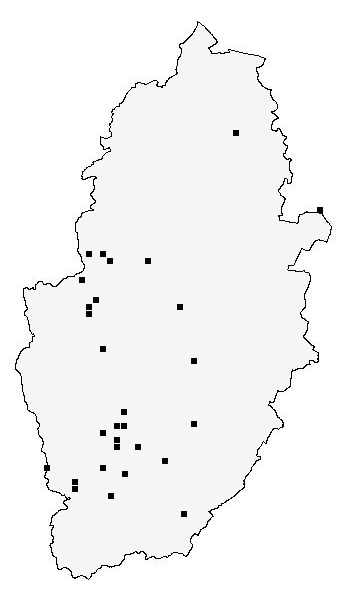 |
|||||
| Lure use: Comes well to pheremone lure, pretty much at any time of the day, but there is a reported peak after 14:30h. The adults are often found sat openly on the leaves of the foodplant during the morning. | ||||||
|
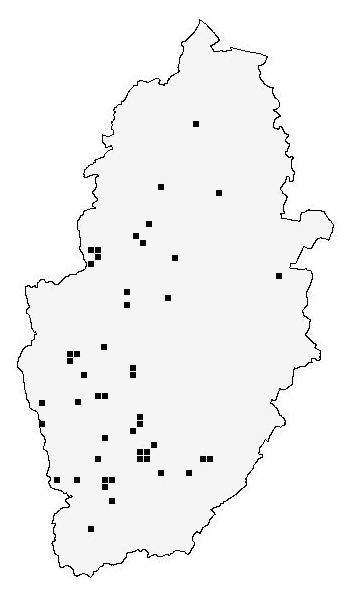 |
|||||||
|
Hostplants: Bird's-foot Trefoil Lotus corniculatus and Kidney Vetch Anthyllis vulneraria, with the larva feeding on the plant roots. Flight season: June through to August. Lure use: Pheremones have proved successful for the majority of the day, but a peak occurs between 09:00h and 13:00h. Large numbers of males have been recorded on occasion. |
||||||||
| Clearwing Moths at Sherwood Forest NNR |
| Moths |
| Homepage |